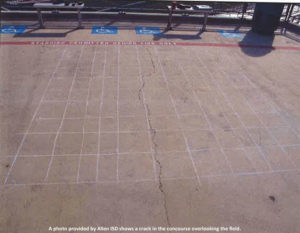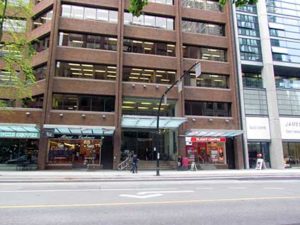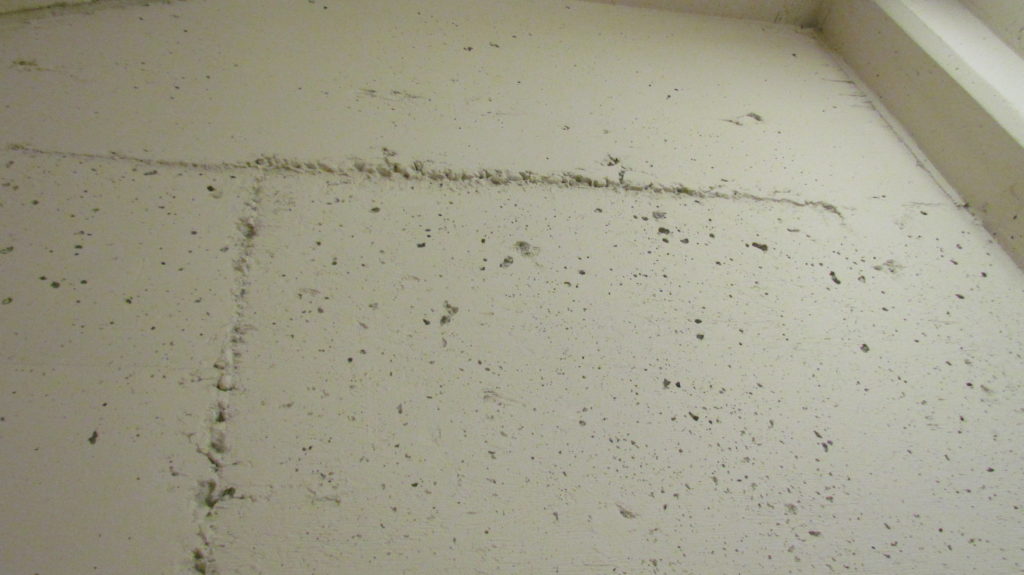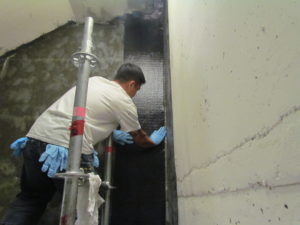Understanding Concrete Cracking: Types, Causes, and Solutions
Concrete is known for its strength under compression, but it's not immune to cracking. One of the main issues it faces is its low tensile strength, making it prone to cracks due to various factors such as shrinkage, temperature changes, subgrade movement, and external pressure. These cracks can come in many forms—some are harmless, while others may signal serious structural problems. The most common types include shrinkage cracks and temperature-related cracks, which usually run vertically or diagonally. They often don’t pose a major threat unless they cause water leakage. However, horizontal cracks might indicate applied loads, and larger vertical cracks at the top or bottom could suggest settlement or heaving, which may point to drainage or overloading issues. To prevent such problems, proper mix design, reduced water content, and correct cement ratios are essential. Control joints are also a great way to manage where cracks might occur. Cracks that should raise concern typically exceed ¼ inch in width, show lateral movement, leak water, or span large areas. Early detection and intervention are key to avoiding more expensive repairs down the line.Case Study: The Challenge of Concrete Cracking at Allen High School Stadium
In Allen, Texas, a $60 million football stadium at a local high school faced an unexpected issue just 18 months after opening. The concourse area began showing significant concrete cracks, ranging from ¼" to ¾", which raised concerns about the structure’s integrity. As a result, the stadium had to be temporarily closed, affecting the entire 2014 season. While temporary measures were taken to prevent water infiltration, the long-term solution remains under investigation. Architects from PBK believe the issue isn’t related to the design, and the contractor, Pogue Construction, is working closely with the school district to find the root cause. It’s unclear what preventive steps were taken, but additional support might be necessary to stabilize the structure and prevent further damage.HJ3's Carbon Fiber Reinforcement System: A Sustainable Solution
Concrete cracking is a widespread problem across many structures, including walls, floors, and columns. HJ3’s Civil and Commercial reinforcement system offers a modern, sustainable alternative to traditional repair methods or full replacements. In one case, a commercial building owner saved over 50% by using HJ3’s CarbonSeal system instead of replacing damaged shear walls and columns.Success Story: Reinforcing Commercial Structures with Carbon Fiber
A commercial building required seismic reinforcement for its reinforced concrete columns and shear walls. Columns measuring 12' and 9.1' needed extra support to handle shear forces. The process involved surface preparation, drilling, priming, and installing carbon fiber dowels. Shear walls were strengthened with fiberglass and carbon fiber, improving their overall performance. The project was completed without disrupting building operations, covering 12,000 square feet of concrete. This method not only saved materials but also significantly reduced environmental impact—saving 23,500 tons of concrete, 422,000 gallons of water, 47,000 tons of CO2 emissions, and 6,500,000 kWh compared to a full replacement.Concrete Cracking Solutions with HJ3's CarbonSeal
For Allen High School’s stadium, HJ3’s CarbonSeal system provides a cost-effective and environmentally friendly way to address current cracks and prevent future ones. Unlike steel, carbon fiber offers superior strength with less weight and faster installation. Customers who choose this system typically save over 50% compared to other repair options. If you're dealing with concrete cracking and looking for a reliable solution, contact our project managers today to learn more about how HJ3 can help.
Photo Credit: NBC Washington



Stamping parts are metal or plastic components that are produced by stamping or pressing a sheet of material with a die. This process involves the use of a stamping press, which applies pressure to the material to shape it into the desired form. Stamping parts are used in a wide range of industries, including automotive, aerospace, construction, and electronics. Some common examples of stamping parts include brackets, clips, connectors, hinges, and terminals. The advantages of stamping parts include high production efficiency, low cost, and the ability to produce complex shapes and designs.
Stamping Parts,Galvanized Steel Sheet,Thin Sheet Metal,Metal Sheet Stamping Parts
Suzhou Gold ant Precision Sheet Metal Co.,Ltd , https://www.jmysheetmetal.com